We Headed To Centennial Farms Next (Page Three)
We must see "their" gardens a see what we must change in our garden! This year we visited the "Heroes Hall" exhibition, opened in early 2017, and that was quite nice!
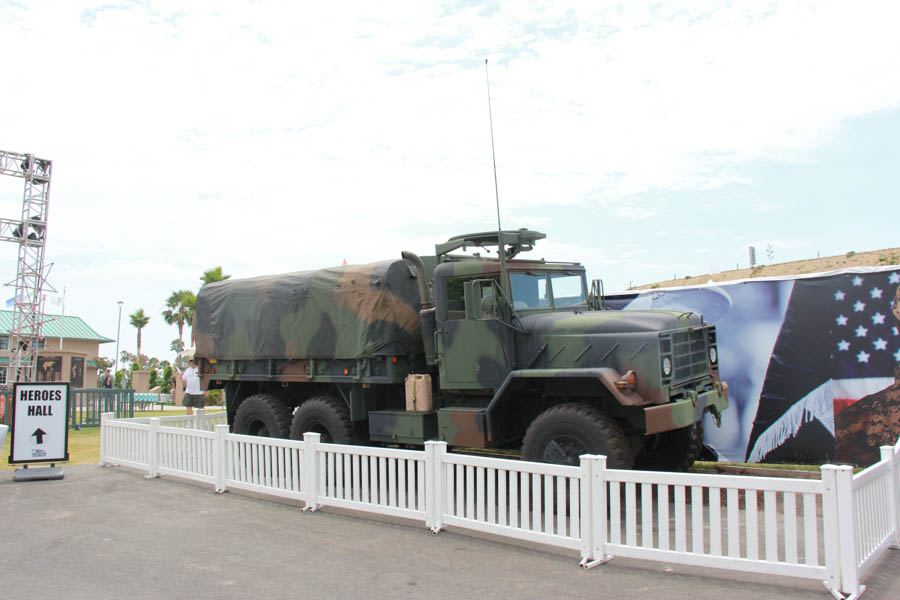
Hang on... We are coming to see you now!!

Right on the out-skirts of Centennial Farms

Lot's of history here
Did You Know? - Originally, officials had planned to demolish the two-story World War II-era structure, formerly known as the Memorial Gardens Building, to make room for Plaza Pacifica near the Pacific Amphitheatre.
That sparked an outcry from veterans and preservationists who lobbied to save the building — a remnant of the Santa Ana Army Air Base.
In 2013, Fair Board members voted to preserve the building. They later decided to reuse it as a veterans museum.
Officials broke ground on the Heroes Hall project in March. The next month, workers painstakingly hoisted the 74-year-old building onto a flatbed and moved it to its new foundation near Centennial Farm.
Once Heroes Hall opens early next year, it will be "the only Orange County museum dedicated to the stories and sacrifices of those that served in our military," according to the fairgrounds.
The museum will encompass more than 12,000 square feet and offer year-round educational programs, performances and rotating exhibitions.
Outside the building is a courtyard that includes memorial plaques and a 50-foot-wide decorative tile centerpiece modeled after the Congressional Medal of Honor.

No kidding!

Those were the days!

Amazing... Never knew Gene Autry was in the Air Corps


Santa Ana Army Air Base
Did You Know? - Santa Ana Army Air Base (SAAAB) was an air base without planes, hangers or runways. It was a huge basic training camp where newly inducted soldiers, earmarked for the Army Air Forces, were given 9 weeks of basic training and then testing to determine if they were to be pilots, bombardiers, navigators, mechanics, etc.
From SAAAB, they went on to other bases for training in their specialties. The base was dedicated in March 1942 and grew rapidly as the need for pilots and air crews sky-rocketed.
Turnover was rapid so that by the end of the year 23,470 soldiers had passed through SAAAB. By the end of 1943 that number jumped to 57,895.
In the Fall of 1942 SAAAB became an Overseas Replacement Depot (ORD) housing Army Air Forces personnel awaiting transportation overseas. In November of 1943 members of the Women's Air Service Pilots (WASP) began training at the base, followed shortly by members of the Women's Army Corp (WAC). In 1945 SAAAB became one of six Redistribution Centers in the country for airmen returning from overseas who were to be assigned state-side duty.
Being close to Hollywood and with such a large turnover of service personnel, the base attracted a lot of Hollywood celebrities who put on shows at the base.
In late 1945 Japanese aliens from the alien in ternment camps being returned to Japan by the Immigrations and Naturalization Service (INS) were housed here while awaiting transportation to Japan.
SAAAB continued as a redistribution and separation center for a short time after the war. On March 31, 1946, the base was officially deactivated. However, in 1956 elements of the 551st Antiaircraft Artillery Missile Battalion brought the Nike-Hercules system from Fort Bliss and temporarily installed and operated it at the old SAAAB site until their permanent installations (Site LA-88) in Chatsworth and atop Oak Mountain were completed.
In 1958 the base was declared surplus and soon afterwards the land was divided for many uses. In the postwar years private homes, apartments, two colleges, the Costa Mesa Air National Guard Station and the Orange County Fairground shared the land. Many of the base's original buildings remained in use for years by the colleges and the fair grounds.



Freshly planted zucchini!

The basil not only looked good, it smelled wonderful!
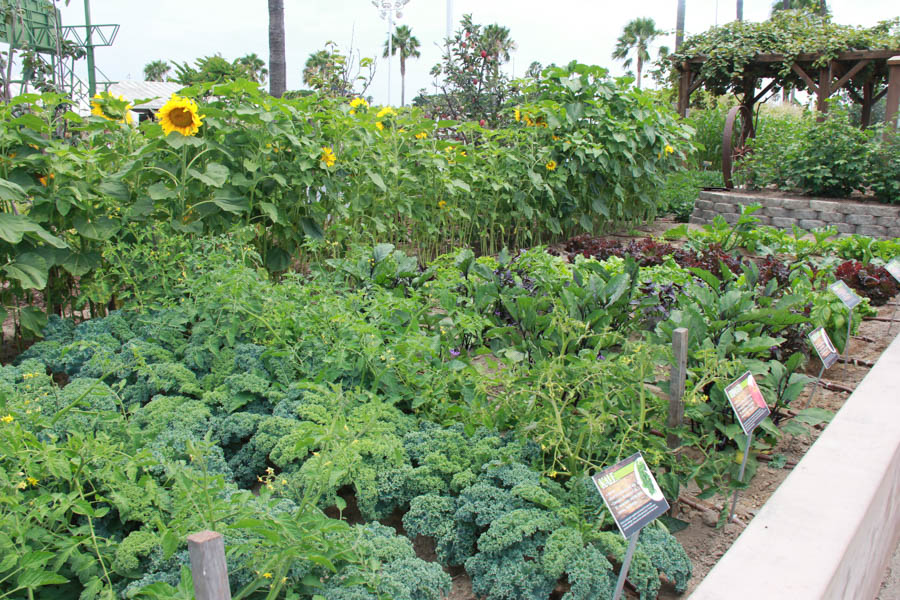
Oh to have a garden like this at home!

The onions were looking terrific!
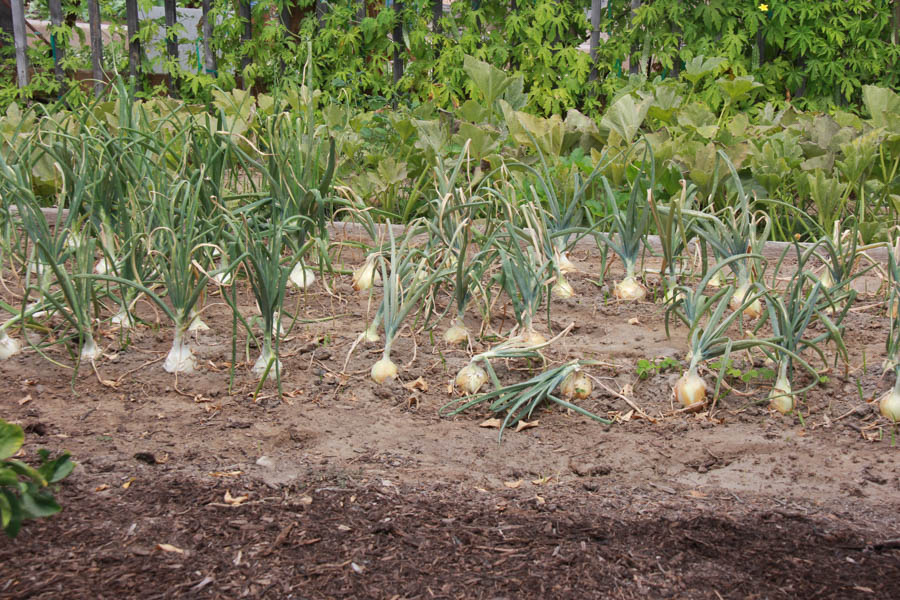
Another week and "French Onion Soup, Here I Come"
Did You Know? - World onion production is estimated at approximately 105 billion pounds each year. The average annual onion consumption calculates to approximately 13.67 pounds of onions per person across the world. Libya has the highest consumption of onions with an astounding average per capita consumption of 66.8 pounds.
The onion is believed to have originated in Asia, though it is likely that onions may have been growing wild on every continent. Dating back to 3500 BC, onions were one of the few foods that did not spoil during the winter months. Our ancestors must have recognized the vegetable's durability and began growing onions for food.
The onion became more than just food after arriving in Egypt. The ancient Egyptians worshipped the onion, believing that its spherical shape and concentric rings symbolized eternity. Of all the vegetables that had their images created from precious metals by Egyptian artists, only the onion was made out of gold.
Today, onions are used in a variety of dishes and rank sixth among the world's leading vegetable crops.
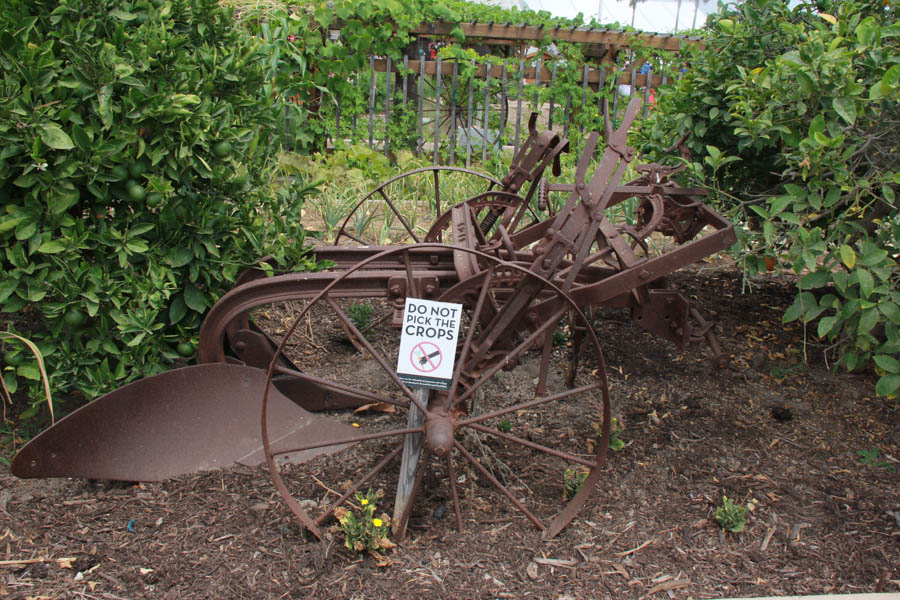
Pulled by horses in days gone bye!
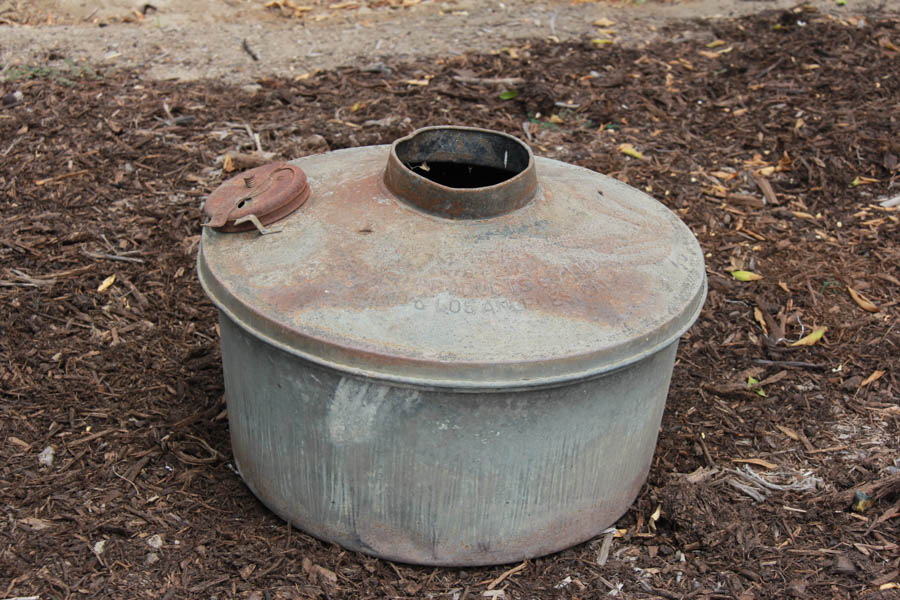
What is it?
Did You Know? - A smudge pot (also known as a choofa or orchard heater) is an oil-burning device used to prevent frost on fruit trees. Usually a smudge pot has a large round base with a chimney coming out of the middle of the base. The smudge pot is placed between trees in an orchard.
The burning oil creates some heat, but more importantly, a large amount of smoke, particulates, carbon dioxide, and water vapor. This deliberate smog forms a "blanket" that blocks infrared light, thereby preventing radiative cooling that would otherwise cause or worsen frost. (Low clouds can have a similar "infrared blanket" effect, which is why cloudy nights tend to be warmer than clear-sky nights.)
Smudge pots were developed after a disastrous freeze in Southern California in January 1913 wiped out a whole crop.
Smudge pots were commonly used for seven decades in areas such as California's numerous citrus groves. The Redlands district had 462,000 orchard heaters for the winter of 1932-33, reported P. E. Simpson, of the supply department of the California Fruit Growers Exchange, requiring 3,693,000 gallons of oil for a single refilling, or about 330 tank car loads. To fill all of the smudge pots in Southern California one time required 2,000 car loads.
Smudge pot use in Redlands, California groves continued into the 1970s, but fell out of favor as oil prices rose and environmental concerns increased.
Pots came in two major styles: a single stack above a fuel oil-filled base, and a slightly taller version that featured a cambered neck and a re-breather feed pipe out of the side of the chimney that siphoned stack gas back into the burn chamber and produced more complete combustion.
Filler caps have a three- or four-hole flue control. The stem into the pot usually has a piece of oil-soaked wood secured inside the neck to aid in lighting the pot. Pots are ignited when the air temperature reaches 29 degrees Fahrenheit (-2 Celsius), and for each additional degree of drop, another hole is opened on the control cap. Below 25 degrees, nothing more can be done to enhance the heating effects.
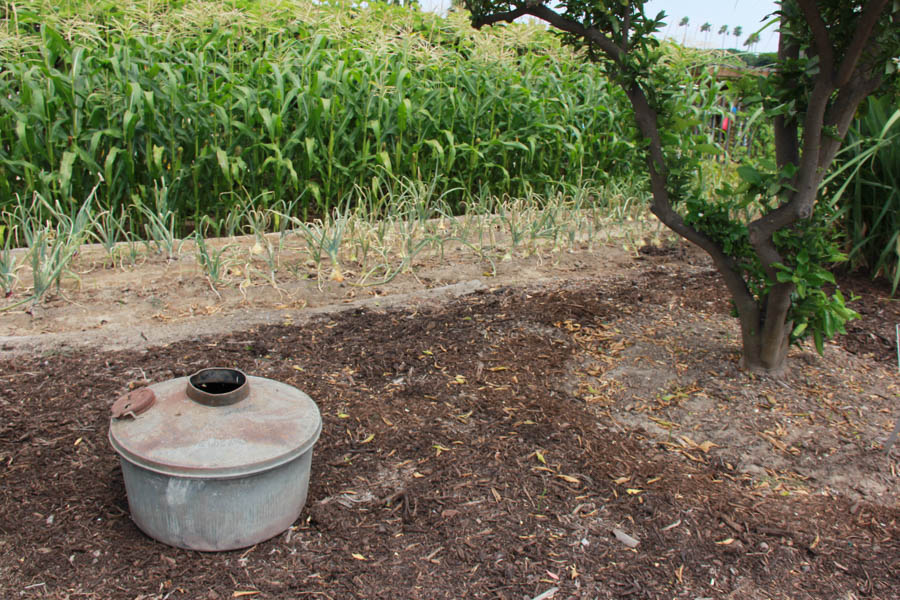
Looks innocent
Did You Know? - Smudge pots were used by the Germans during World War II and by the North Vietnamese in their invasions of Laos during the Vietnam War to protect valuable targets. The oily black clouds of smoke produced from these smudge pots was intended to limit the ability to locate a target. In Vietnam, smoke from smudge pots was used as a defense against laser-guided bombs. Smoke would diffuse the laser beam and break the laser's connection with its intended target.

Pumpkins are looking a little worse for wear

Really quite educational

We grow potatoes everywhere!
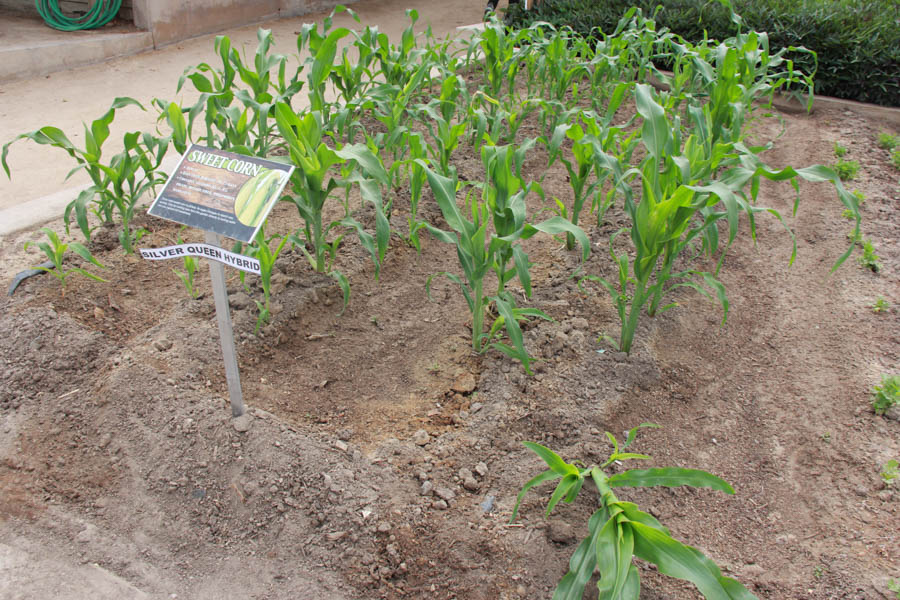
Gave us an idea... Time to plant some more corn!

Great for dessert!

Do you see him?

How many do you see? (Answer: Four)
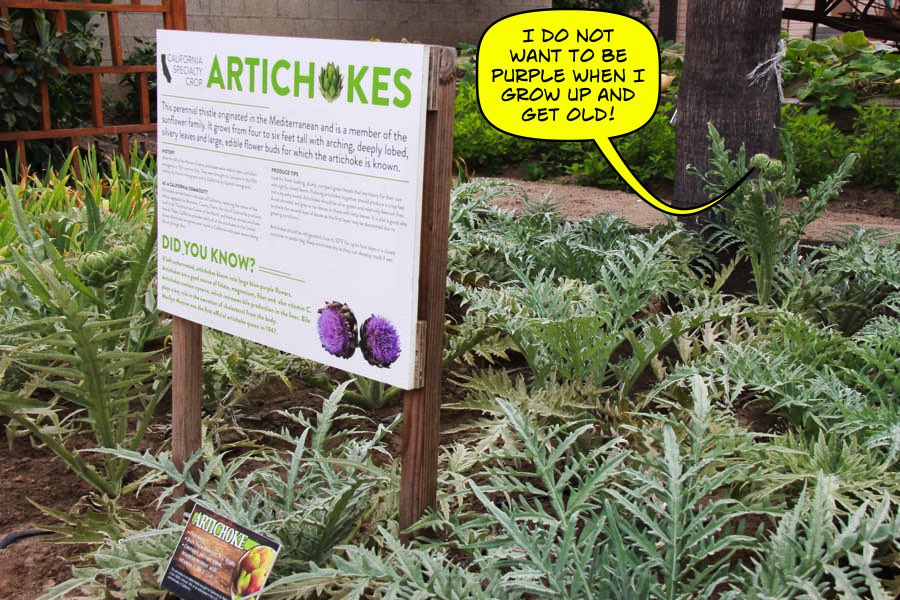
They were looking pretty good!

Various kinds of blue berries dot the landscape!

Garlic... A wonderful veggie!
Did You Know? - When you think “garlic,” you inevitably picture garlic cloves, but despite the ubiquity of that particular image of the plant, it’s not the only part you can eat. Hard-neck varieties of garlic produce “scapes,” green shoots that can be especially delicious and tender when they’re young. Think of them as garlic-flavored scallions. They also make a wonderful addition to pestos, soups, and butters.
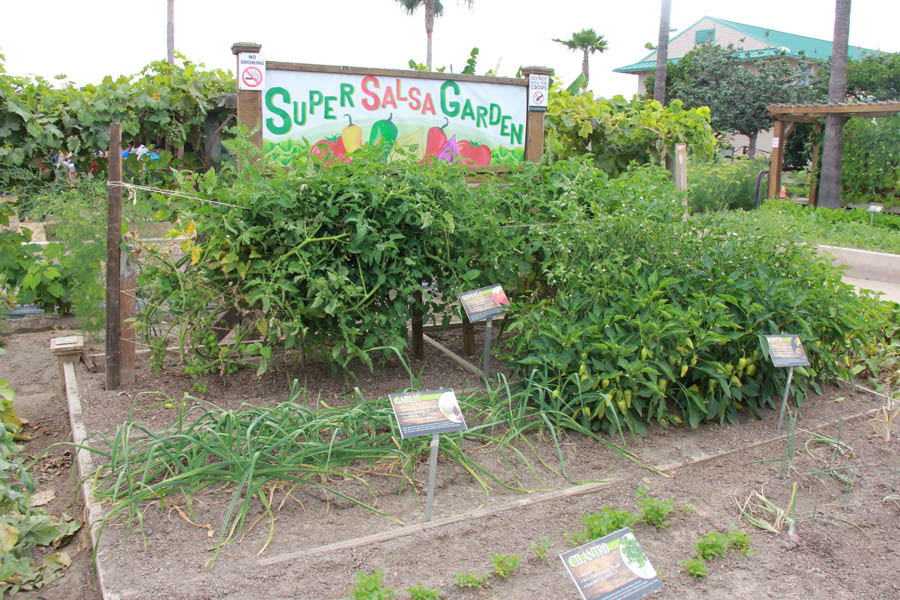
What a great idea...

Hopi Blue Corn about to be born
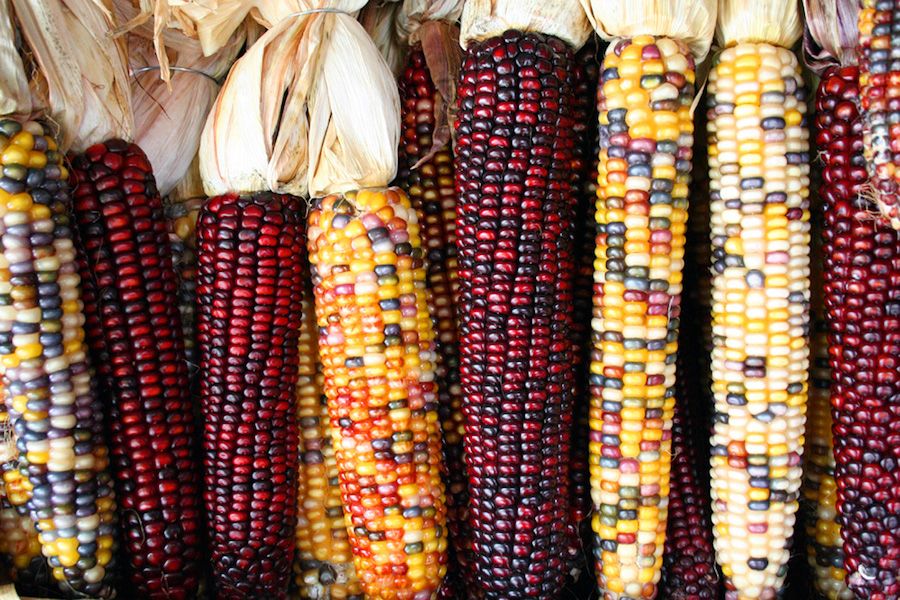
Did You Know? - Blue corn (also known as Hopi maize) is a variety of flint maize grown in Mexico and the Southwestern United States. It is one of the main types of corn used for the traditional Southern and Central Mexican food known as tlacoyo.
It was originally developed by the Hopi, and remains an essential part of Hopi dishes like piki bread. Blue corn meal is a corn meal that is ground from whole blue corn and has a sweet flavor. It is also a staple of New Mexican cuisine used commonly to make tortillas.
Five Hopi blue corn cultivars identified in the 1950s showed significant differences for several traits, such as plant height, kernel weight, width of kernel, and thickness of kernel. The different varieties have a color range from nearly black to blue-grey, with names derived from the "standard" blue ("sakwaqa'o"), hard blue ("huruskwapu"), and grey-blue ("maasiqa'o").

Baby corn is different than just early corn!
Did You Know? - There are two methods for producing baby corn either as a primary crop or as a secondary crop in a planting of sweet corn or field corn. In the first method, a seed variety is chosen and planted to produce only baby corn.
(Many varieties are suitable, but those developed specifically for baby corn tend to produce more ears per plant.) In the second production method, the variety is selected to produce sweet or field corn. The second ear from the top of the plant is harvested for baby corn, while the top ear is allowed to mature.
Baby corn ears are hand-picked as soon as the corn silks emerge from the ear tips, or a few days after. Corn generally matures very quickly, so the harvest of baby corn must be timed carefully to avoid ending up with more mature corn ears. Baby corn ears are typically 4.5 to 10 cm (1.8–3.9 in) in length and 7 to 17 mm (0.28–0.67 in) in diameter.

Just ol "broom corn"

Yes... They make brooms out of the corn... No fruit!


We are "Dilly Dahlia-ing" around!
Did You Know?
1. It was 16th-century Spanish botanists who noted dahlias growing wild on the hillsides of Mexico, although paintings and illustrations suggest that native civilisations had been cultivating and breeding them much earlier.
2. Dahlias were originally grown as a food crop for their edible tubers. Gardeners and television presenter James Wong suggests they taste like a cross between carrot, celery and potatoes.
3. In 1776 the French botanist Nicolas-Joseph Thiéry de Menonville was sent to Mexico. His papers stated that he was in search of the botanicals used in the treatment of gout. In fact he had been charged with stealing the cochineal insect valued for its scarlet dye. As well as collecting the insect and the prickly pear they depend on, his notes tell of the strangely beautiful flowers he had seen growing in a garden in Oaxaca - dahlias.
4. Dahlia coccinea was one of the first species to be introduced into Europe from Mexico in 1789, to the Royal Botanic Gardens in Madrid.
5. Abbe Cavanilles (director of Real Madrid Botanical Garden) named the Dahlia after Anders Dahl, the Swedish botanist, who had died two years previously.
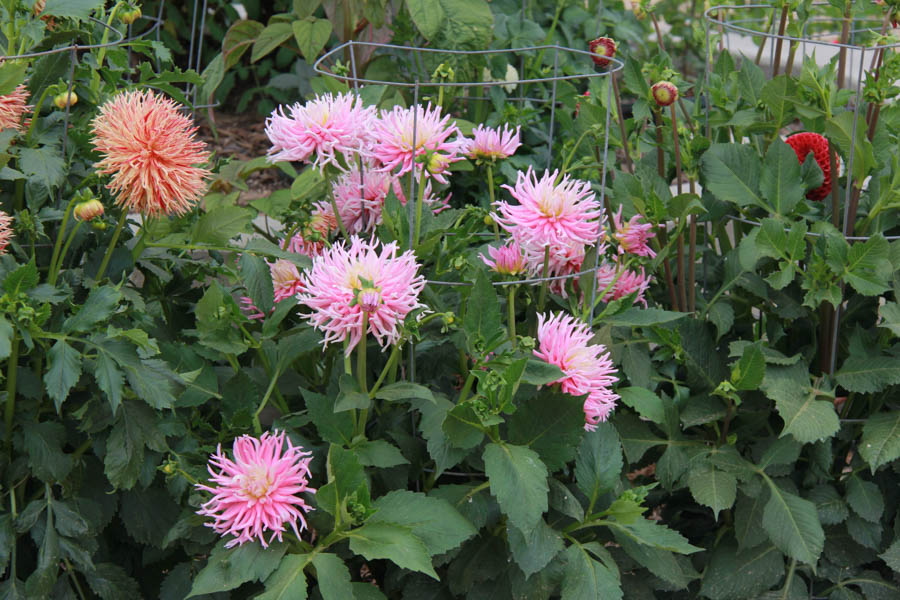
We come in all colors!

Flashy reds

Pretty pinks!

And we gaze into the sun.... Fearless!

In the collections room we found a hook for Zachary!

We examined them carefully!

Time to Dine, Ride The Skyway, And Reach For The Sky!